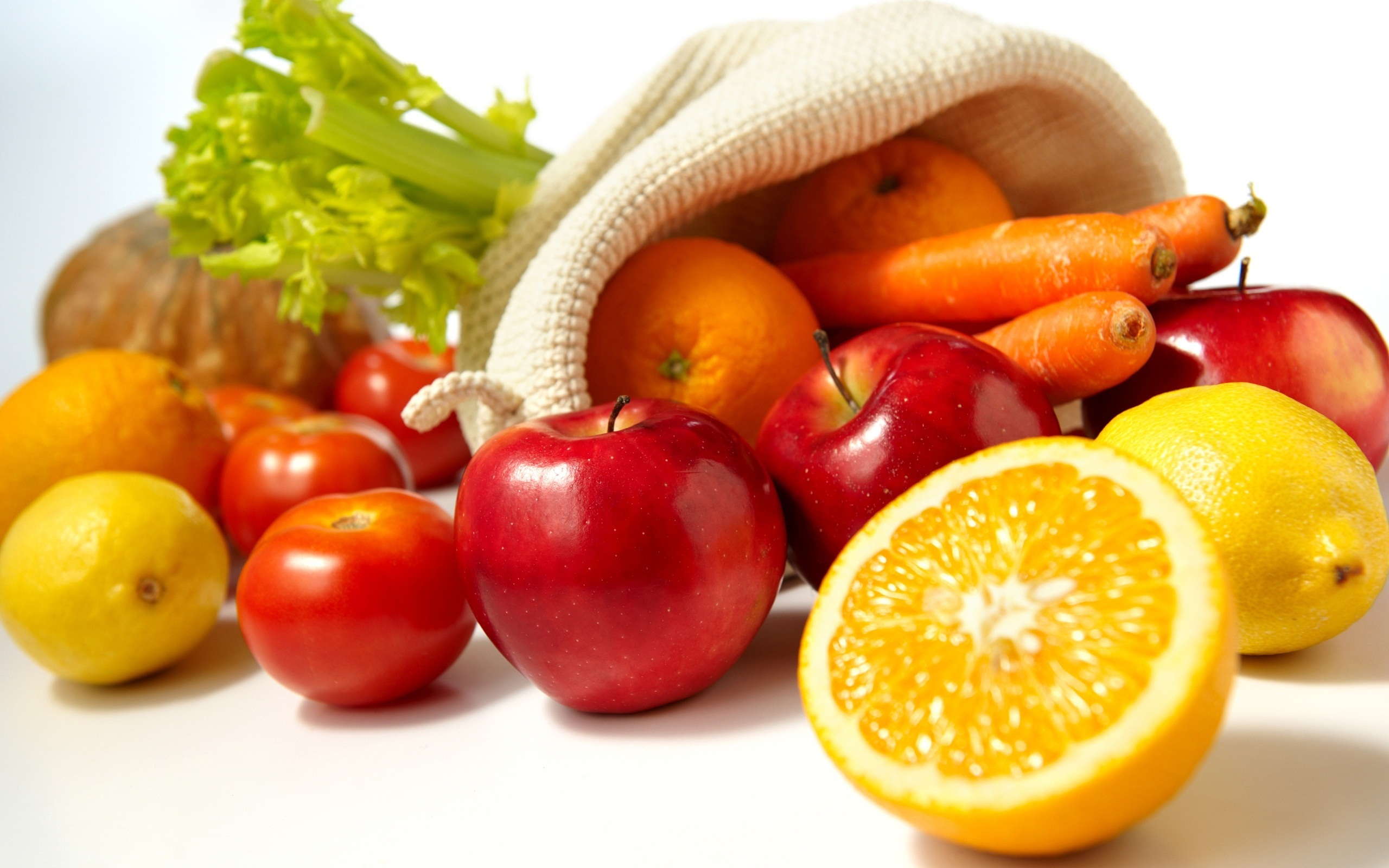Fruits and Veggies are Healthy for Both Body and Mind
 Fruits and vegetables are the cornerstone of a healthy, balanced meal plan. They contain fiber that keeps you full, as well as tons of vitamins and minerals that your body needs to keep going each day. Many Western diets, full of processed carbohydrates and fatty, sugary foods and drinks, do not include enough fruits and vegetables. This lack of produce doesn’t just make you more prone to obesity-related conditions like heart disease and diabetes; it can also affect your mental health.
Fruits and vegetables are the cornerstone of a healthy, balanced meal plan. They contain fiber that keeps you full, as well as tons of vitamins and minerals that your body needs to keep going each day. Many Western diets, full of processed carbohydrates and fatty, sugary foods and drinks, do not include enough fruits and vegetables. This lack of produce doesn’t just make you more prone to obesity-related conditions like heart disease and diabetes; it can also affect your mental health.
What is mental well-being?
Being mentally healthy doesn’t just mean that you don’t have any mental illnesses. It means being happy, having a positive outlook on life, getting along well with others, and having a good sense of self-worth. Mental well-being can have a big impact on the choices you make in regards to your meal plan, too. Sometimes, stress can lead you to reach for fast food or sweets.
Five-a-day keeps sadness away
A recent study published in the British Medical Journal found that people who had 5 or more servings of fruits and vegetables a day were nearly five times more likely to have high mental well-being than those who consumed less than one portion a day. Nearly two-thirds of the people with high mental well-being ate at least 2 portions of fruits and vegetables a day.
What is one portion of fruits or veggies?
- ½ cup diced fruit, berries, or grapes
- ½ cup cooked vegetables
- 1 medium apple or orange (about the size of a baseball)
- 1 cup leafy greens (like lettuce, cabbage, spinach, and kale)
- ½ medium baked potato or ½ sweet potato
 How many fruits and veggies should I eat every day?
How many fruits and veggies should I eat every day?
Keep a food diary and count how many servings of fruits and veggies you eat each day. Then, try to add one more fruit or vegetable serving to your daily regimen each week. If you eat two servings of fruits and veggies a day now, try eating three servings a day next week, four servings a day the week after that, and five a day the week after that. Try to maintain five servings of fruits and veggies a day on most days of the week.
How can I add fruits and veggies to my meal plan without breaking the bank?
Adding more fruits and veggies to meals and snacks might be a lot easier–and cheaper–than you think! Here are a few ideas to get you started:
- Buy apples and bananas in bulk and use them as portable snacks.
- Buy frozen vegetables in bulk. They’re easy and cheap to cook this way, and don’t spoil as fast as fresh vegetables.
- If you like salad, only buy as much as you need, so there is no waste. Also, buy fresh–pre-packaged salads cost more than a bag of romaine lettuce hearts or a head of lettuce, and you can yield 2 to 3 times more salad greens by chopping and washing the greens yourself.
- Buy fruits and vegetables in season, since they will be cheaper and more plentiful.
- Check your grocery store’s weekly circular for fruits and vegetables on special that week, and plan your meals and snacks around them.
- Add a cup of veggies to your daily dinner, an apple, celery, or carrot sticks for a snack, a sliced banana on your morning cereal, or diced veggies to your soups and dinner entrees.
Sources:
http://www.cdc.gov/nutrition/everyone/fruitsvegetables/cup.html


 How many fruits and veggies should I eat every day?
How many fruits and veggies should I eat every day?